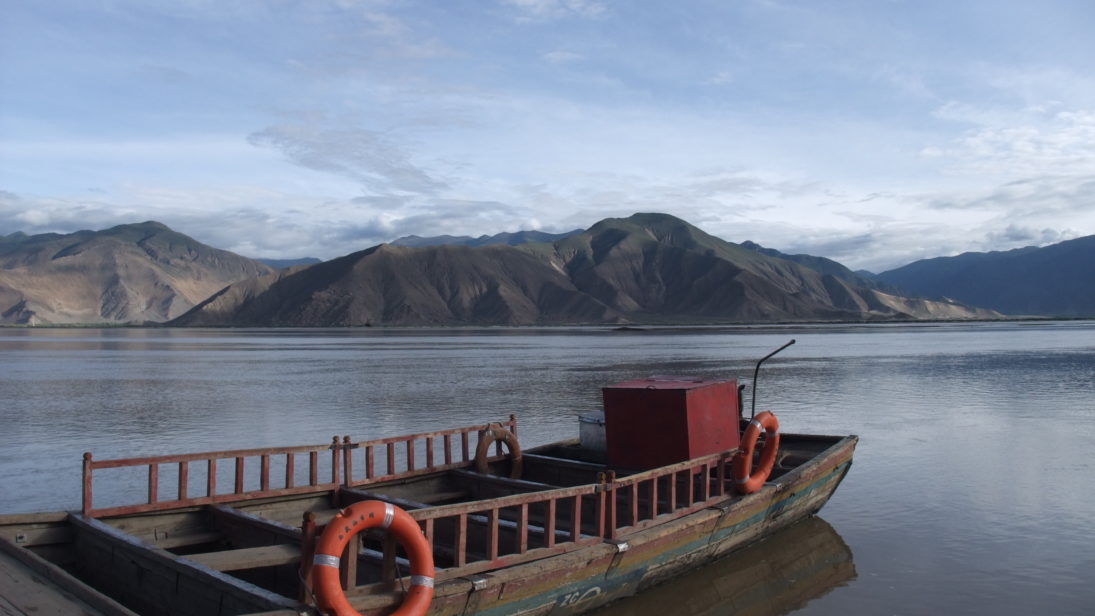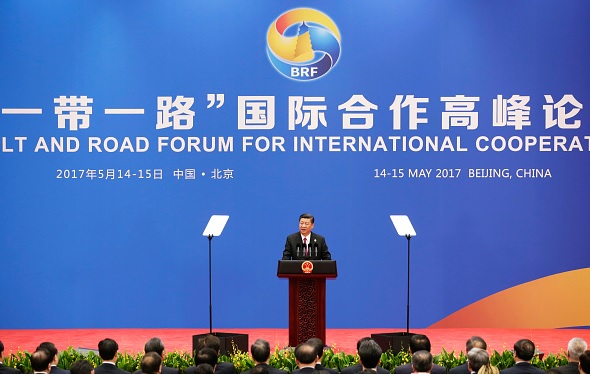
A lack of interdisciplinary coordination of expertise referred to as “siloization,” often holds back truly effective policy analysis. One such example from Southern Asia is the study of transboundary rivers, specifically as it relates to the possibility of future “water wars” between India and China. In the larger scheme of current geopolitical cooperation and contestation, why is it important to study India-China transboundary river dynamics in much greater detail and across disciplines?
When studying the politics and governance of water, foreign policy analysts conduct strategic studies through the prism of securitization while ecologists and hydrologists apply a scientific lens to similar questions. Though all perspectives hold their own merit, the crucial intersections between these approaches are underexplored in Indian policy circles. During a recent workshop on regional water governance and diplomacy organized by the International Union for the Conservation of Nature (IUCN), discussions between professionals from different fields revealed this siloization and its impact on policy analysis.
One river, in particular, dominated the conversation at this workshop: the Brahmaputra, which emerges from the Himalayas in China’s Tibetan Autonomous Region (TAR) as the Yarlung Tsangpo, flows through India and Bangladesh, finally falling into the Bay of Bengal. Foreign policy analysts started the conversation with the potential for conflict, whereas hydrologists urged that the issue be considered from a scientific perspective within the dynamics of cooperation. They pointed to popular misperceptions to demonstrate the importance of examining these issues in the right context, and consider what can lead to an inter-state conflict and what amounts to misreading—especially if, by causing panic, these misperceptions have the potential to aggravate existing domestic ethnic conflicts in India’s Northeast. A case-in-point is the wholesale fear of Chinese projects on the Yarlung Tsangpo significantly reducing the flow of water into India. The Yarlung Tsangpo, however, surfaces in a rain shadow area: there is little rain, and melting glaciers contribute to the lean volume of water in China. Only as it enters India does the Brahmaputra become a heaving behemoth, its volume fed by rainfall and tributaries. Clearly, the understanding of the bilateral conflictual dynamic spills over into the interpretation of transboundary river issues in media coverage and popular perception. There are causes for concern, but these must be separated from those that are not. Cross-disciplinary attempts to study India-China transboundary river issues in this regard are particularly important and instructive. In an environment fraught with tension, the aim must be to strengthen realities and dispel misperceptions so as to avoid adding yet another dynamic of conflict.
A cross-disciplinary approach to studying the contentious issue of sharing water between India and China is critical for three reasons. First, on the geopolitical front, India has existing land border disputes with China that are unlikely to be resolved in the near future, as was indicated by the long military standoff on the Doklam plateau earlier this year. Second, both countries also face the challenges of rapid population growth and urbanization, with which access to fresh water – a scarce resource in Asia – is fundamentally interlinked. Several rivers that water Southern Asia – the Brahmaputra and Indus, for example – emerge from China. China’s water shortages could potentially lead to it leveraging its upper riparian status, with negative consequences for downstream states. The fallout here too must be studied in the context of China’s own assessment of the economic, political, and technological feasibility of diverting water from the Yarlung Tsangpo to its dry northern areas within the South-North Water Transfer Project.

Finally, it is important to assess what role rivers play in the Belt and Road Initiative (BRI). Although China posits BRI as a development cooperation initiative through cross-border connectivity of mutual benefit to those involved, it is of far greater geostrategic import than this so-called rationale allows. India opted to not send a representative to the BRI Summit in May, its primary objection to the initiative being that the China-Pakistan Economic Corridor (CPEC), which is subsumed within BRI, traverses disputed territory between India and Pakistan, among a host of other sticking points. Much of the intense discussion on BRI has focused on the ambitious network of roads, rails, and maritime connectivity that China hopes to establish in fulfillment of its objectives. There is still little talk, however, of the transboundary rivers that crisscross BRI’s proposed routes, both in the context of China’s water-sharing arrangements with other countries, and how its global quest for resources fits into its strategic narrative. For example, Pakistan sought Chinese monetary assistance as part of CPEC to help construct the Diamer-Bhasha dam on the Indus River. The Indus passes through Gilgit-Baltistan, which both India and Pakistan lay claim to. India naturally opposed the project, and while it has since reportedly been withdrawn from the CPEC due to strict conditions imposed by China – including, apparently, ownership of the dam – individual project hold-ups are unlikely to change BRI’s eventual course.
Bilateral hydropolitics, a lack of transparency, and skewed perceptions often stoke fears of China potentially “weaponizing” the river, which derive from and compound several other fault lines that already exist in the relationship. What is China realistically able and willing to do to “weaponize” the Brahmaputra against India? What is the impact of both Chinese hydropower and water diversion projects in downstream countries such as India and Bangladesh? What role do transboundary rivers play in the BRI agenda? These questions must be viewed in a framework that anchors China’s geostrategic ambitions in scientific-security analysis.
More voices may foster more disagreement, perhaps sometimes even further complicate and shift the direction of talks, especially on as politicized an issue as the India-China relationship. However, if cutting-edge policy analysis is the desired result, cross-disciplinary approaches must be employed to study priority concerns such as transboundary river waters.
***
Image 1: So_P via Flickr
Image 2: Jason Lee via Getty Images


